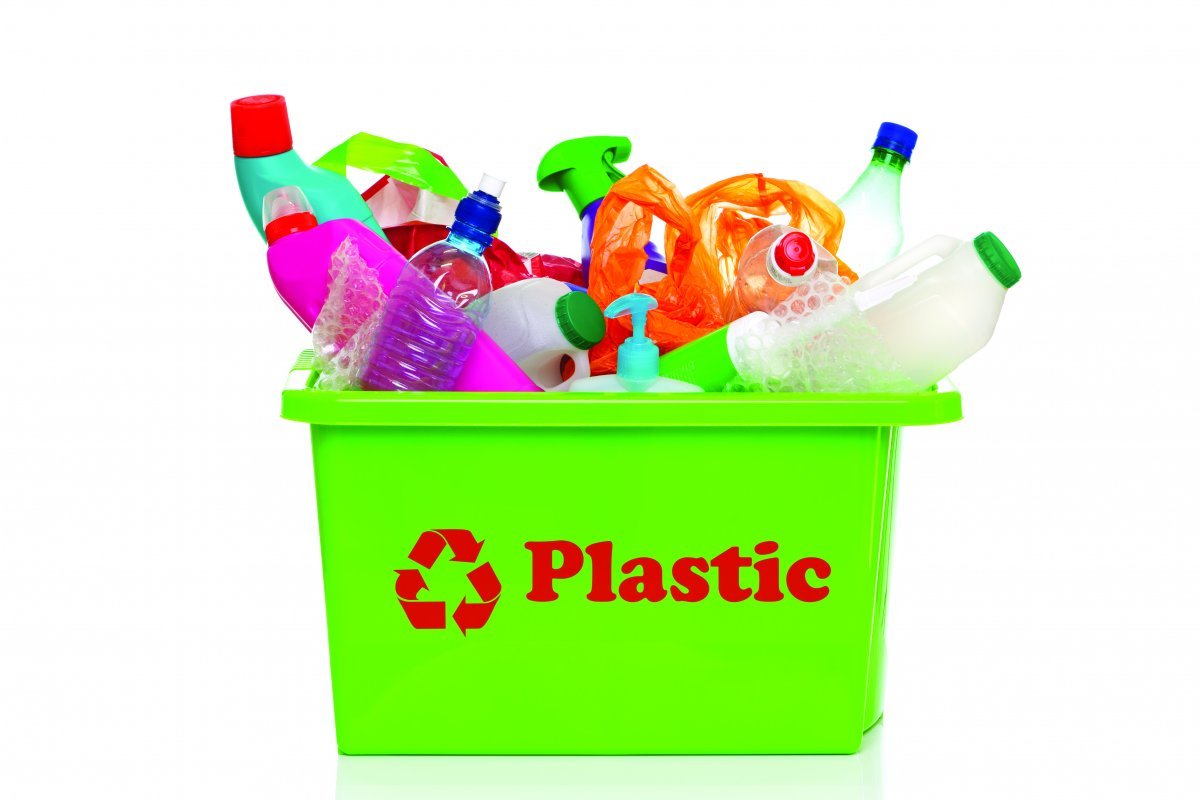FIXING ENVIRONMENTAL WRONGS: CIRCULARITY IN PLASTICS

Defining Circular Economy (CE)
CE refers to the model of the use of resource materials and products that ensures minimization of waste hence sustainability of the environment and improved economics of the actions followed (Barreiro‐Gen and Lozano, 2020). CE applies principles opposite to Linear Economy (LE) model where resources are assumed to be plentiful, and effortlessly accessible to the source. LE converts natural resources to waste products thereby destroying the environment through removing and diminishing the natural capital through pollutions.
CE applies the four Rs in the production industry namely reduction, repairing, remanufacturing, and recycling, which forms a loop through waste material usage. This results in no net effect created to the environment and eventually restoring it from damages and producing with minimal or no waste. In addition, waste and pollution are designed out, products and materials are kept in use for longer, and natural systems can regenerate, thereby ensuring the sustainability of resources.
The Platform for Accelerating Circular Economy (PACE) is an organization created in 2018 and hosted by the World Resources Institute (WRI) to accelerate actions aimed at ensuring CE. It works under five sections: plastics, textiles, electronics, food, and capital equipment, which are considered critical to achieving its aims. Each sector depicts objects, impacts, barriers, and 10 actions to be followed to achieve its goals.
Justification for Building a Circular Economy
Research shows that creating a circular economy offers a $4.5 trillion cost-effective opportunity by preventing waste accumulation while creating job opportunities through recycling innovations. The main essence of CE is ensuring economic growth while preserving natural resources whose use has increased threefold since the 1970s and projected to double up by 2050 with the current resource consumption. This is expected to continue negatively affecting people, nature, and the earth hence calling for the need to promote the CE.
CE Application on Plastic Waste
Plastics play quite important roles in our lives. Their flexibility, suitability, water resistance, and lightweight make them highly adaptable to many uses. Their use ranges from packaging different products, use as carrier bags, plates, and many more. This wide range of use has led to the littering of its waste thereby threatening the environment. Plastics degrade slowly due to abiotic factors therefore they lead to accumulations in the environment and water bodies. Plastics are a threat to the environment in the sense that they lead to greenhouse gas emissions due to fossil resource and energy use in their production, ocean spoilage from their waste, and leakage of toxic substances harming the health of humans and biodiversity.
In 2019 300million tonnes of plastics were thrown away into the environment. With business, as usual, it is projected that water bodies will have more plastics than fish by 2050. This calls for a reduction in plastic use and responsible management of the same through CE.

Objectives of Circularity in Plastics
During the Circular Economy Action Agenda launch, some of the objectives were highlighted. Among others, the common vision for plastics under CE as guided by PACE has four objectives: eliminating problematic and unnecessary plastics, using safe, recyclable, and renewable inputs, reusing plastics more and composting them at the end of use.
Elimination involves banning the production and use of some plastic types too harmful to the environment but with the possibility of being replaced by others relatively unharmful to the same. Elimination reduces fossil resource use in the production process assuming the alternative does not contribute to food waste or use comparatively more resources. It assists in climate change mitigation by reducing energy use in producing plastics and consequently reducing greenhouse gas emissions from disposal through incineration. Humans and biodiversity are also protected from the plastic toxins’ leakages from these plastics.
Benefits of Recycling or Composting Plastics at End-Of-Use
Plastics recycling minimizes dependence on fossil resources by (partially) replacing the virgin feedstock used for production. There are recycling technologies proved to be reducing energy use and greenhouse gas emissions. Mechanical recycling saves up to 50% in lifecycle greenhouse gas emissions compared to landfill and much greater compared to incineration thereby contributing to climate change mitigation. This also prevents air, water, and land pollution from landfills thereby ensuring human health and biodiversity.
Products from Plastic Recycling
There is a wide range of products from waste plastics such as clothes, backpacks, plastic cups, bins, and many more. of interest is the production of doormats being practiced by a group of youths called in Mchinji Malawi. This is the group’s way of raising money to support their families.

Facemasks and CE
As the world has been hit hard by the COVID-19 pandemic, there is an increased number of facemasks use and disposal of as a measure of preventing from the disease spread. This has exacerbated the problem of plastic disposal into the environment. Research by Bart van Straten et al (2020), shows that reprocessing of facemasks has lower environmental impacts in terms of CO2 release into the atmosphere compared to the production of new disposable facemasks. Apart from these benefits, reprocessing lowers the production costs of new disposable masks.

Time to fix the environment
A healthy environment means a healthy planet. A healthy planet supports a healthy population, nature, and economic growth. Let’s fix the environment by recycling plastics for a healthy planet for us and the generations to come.